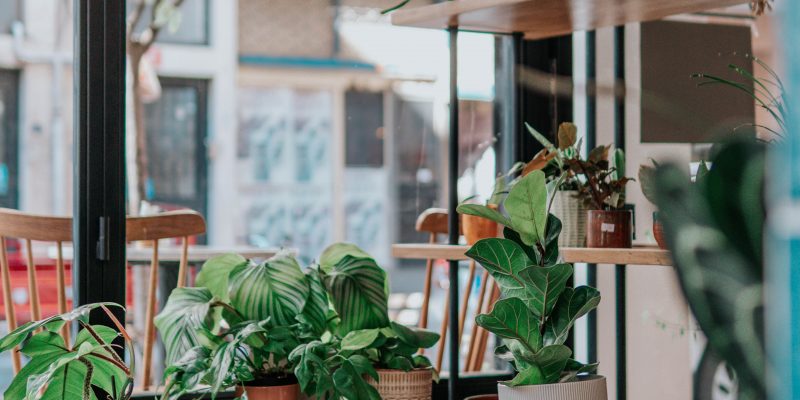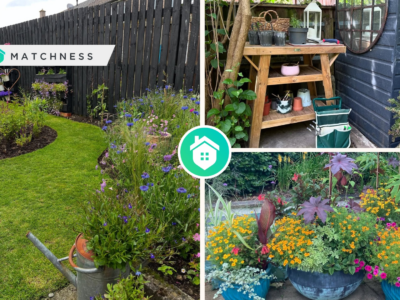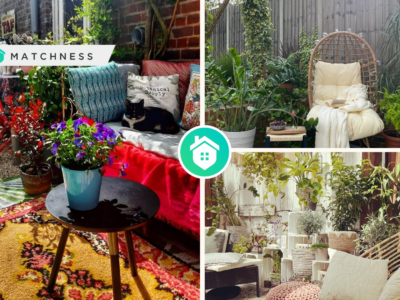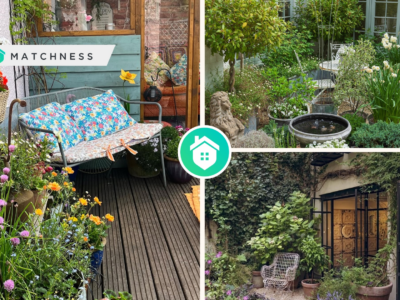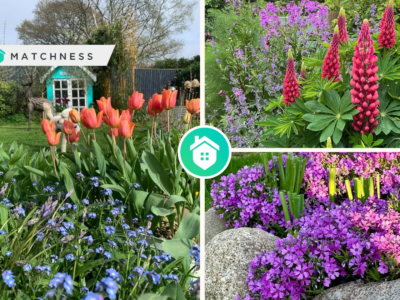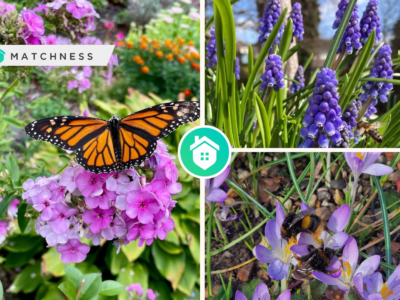Hydroponics is a farming technique that uses water, air, and nutrients to grow plants in an unnatural environment. Hydroponic gardens are popular for their sustainability and ability to grow large quantities of fruits and vegetables without the use of pesticides or herbicides. There are a few key benefits of growing your own food in a hydroponic environment: you can control the environment to some degree, you can produce crops year-round, and you don’t have to deal with soil issues. In this blog post, we will explore these benefits in more detail and explain why they’re so important.
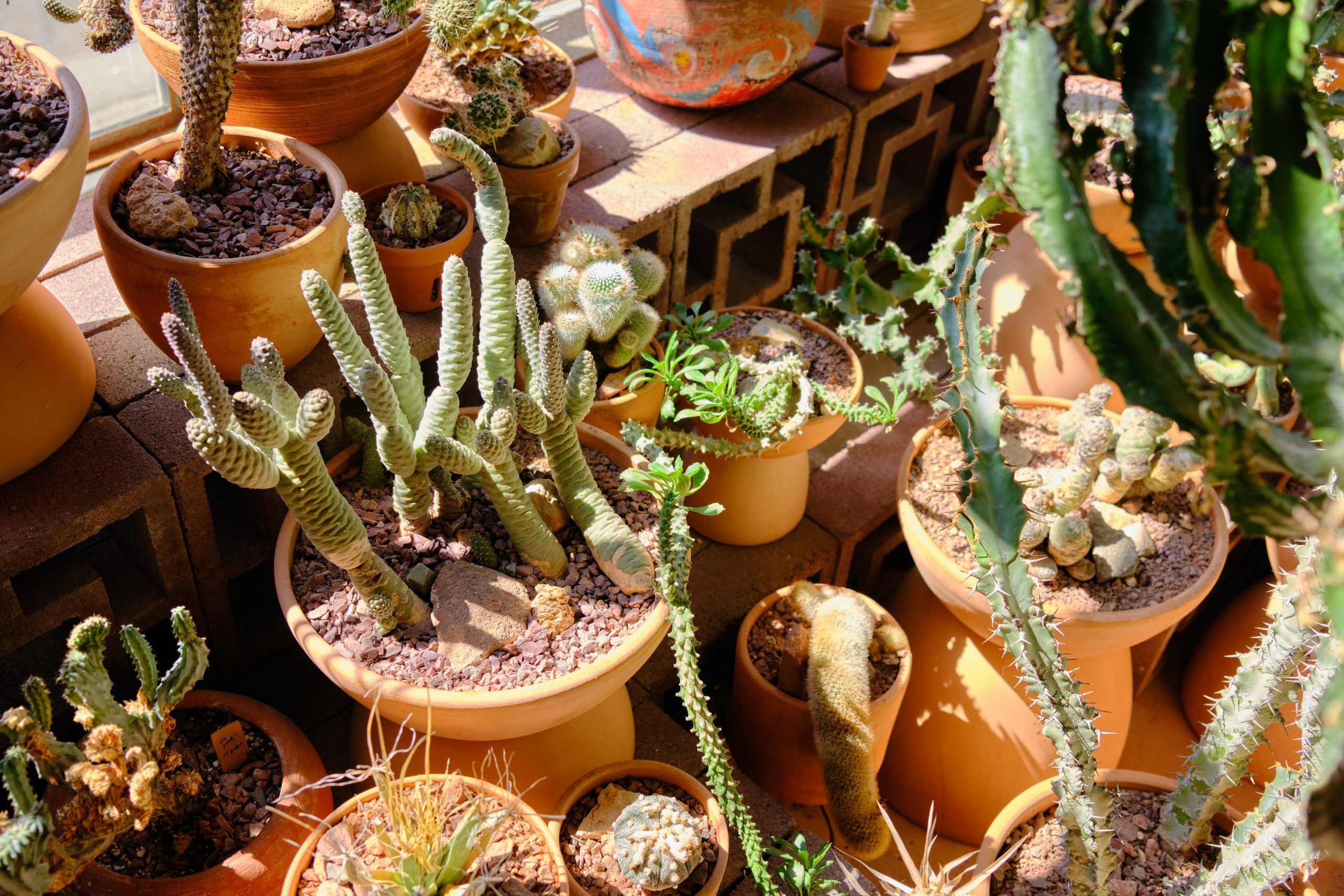
What is a Hydroponic Environment?
A hydroponic environment is an artificial ecosystem that relies on water and nutrients to sustain plant growth. Hydroponic systems are typically divided into two categories: vertical farming and horizontal farming. Vertical farming is the more traditional method of growing plants, where the plants are grown in a series of stacked levels in a controlled environment. Horizontal farming, by contrast, takes place in open fields where the plants grow directly above the soil.
The main benefits of using a hydroponic system over traditional methods of gardening are efficiency and sustainability. Hydroponic systems require significantly less land than traditional gardens and can produce larger quantities of crops with far less input than traditional agriculture. Additionally, hydroponic systems are extremely energy efficient, requiring only small amounts of power to operate compared to traditional agriculture. You should also research the best plants for hydroponics so you can create the best environment for your plants. Hydroponic gardens have also been shown to be environmentally friendly due to their low input requirements and ability to produce high yields with minimal wastefulness. Hydroponics also has the potential to reduce greenhouse gas emissions by replacing polluting agricultural processes with more sustainable methods.
What are the benefits of a Hydroponic Environment?
- Low maintenance – There is little need for regular watering, fertilization, or pruning in a hydroponic setting.
- Higher yields – Hydroponic plants typically produce more fruits and vegetables than traditional plants because they are not subjected to the stresses of soil growth and competition.
- Fewer pests – Since pests cannot survive in a hydroponic setting, there is little need for pesticides or other harmful chemicals.
- Increased safety – Because crops are grown in water rather than soil, hydroponic environments are much safer than traditional gardens, which can be dangerous if they fall into disrepair or are flooded.
Ways to Create a Hydroponic Environment
There are many ways to create a hydroponic environment. One popular method is using flow-through containers. These containers have a permeable bottom that allows water and nutrients to diffuse through the soil and into the plant’s roots. This type of setup is often used in commercial agriculture because it is efficient and easy to manage.
Another popular way to create a hydroponic environment is by using soilless pots and cubes. Soilless pots are made from porous plastic or ceramic materials and hold plant roots in a nutrient-rich solution. Cubes are similar but come with small cells that allow plants to grow individually. These setups are great for small spaces or for growing plants that don’t need much space, like herbs or flowers.
Hydroponic systems can also be built using floating rafts or towers. These systems use pumps to move water and nutrients up and down the structure, providing the plants with consistent levels of both nutrients and water. This type of system is ideal for larger gardens or farms because it’s easy to maintain and requires less land than traditional cultivation methods.
Tips for Plant Care
When starting your own hydroponic garden there are a few things you need to keep in mind. Firstly, make sure you have the right rooting medium and fertilizers to ensure your plants receive the nutrients they need. Secondly, make sure you water your plants regularly and give them good sun exposure to help them grow. Finally, be careful not to overwater or overfertilize as this can damage your plants. Keep in mind that plants will require different amounts of water and nutrients depending on their specific needs, so be sure to consult a gardening guide or online resource for more information.
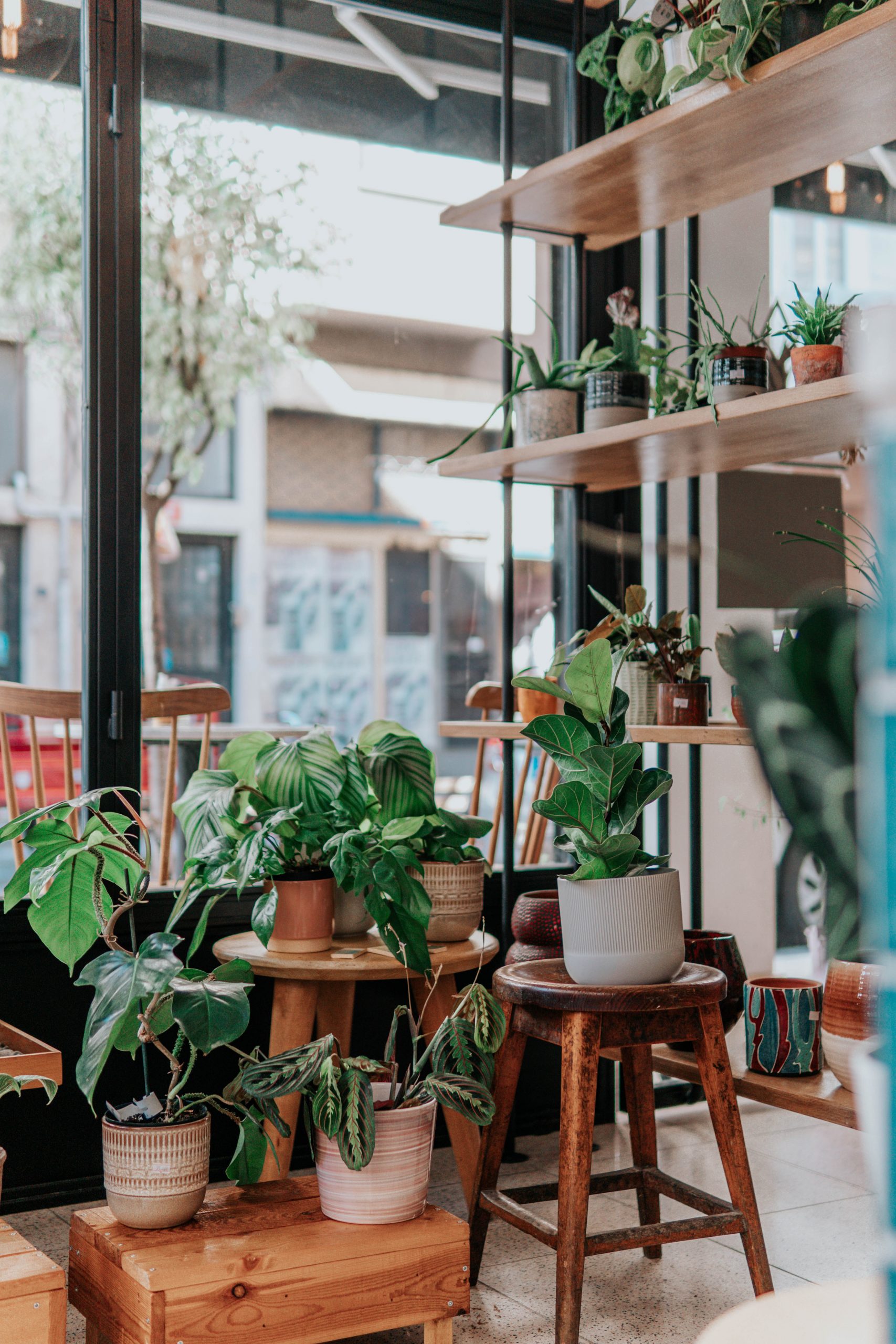
A hydroponic environment is a great way to produce plants without the use of soil. This type of environment is often used in greenhouses and other types of indoor spaces, as it allows for more control over the environment and increased yields. Hydroponic environments have a number of benefits that make them worthwhile for growing crops, including reduced water usage, fewer pests and diseases, and higher levels of plant growth. So if you’re looking to up your gardening game or want to try something new in your greenhouse, consider investing in a hydroponic setup!


